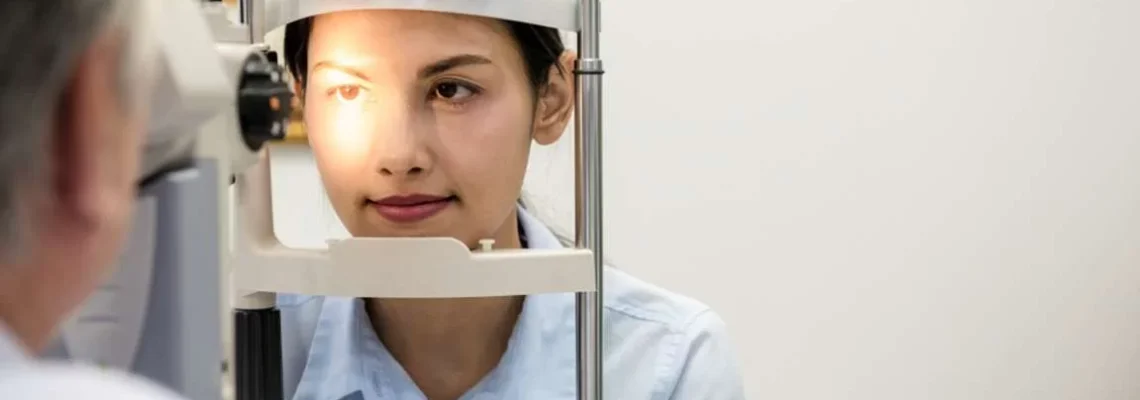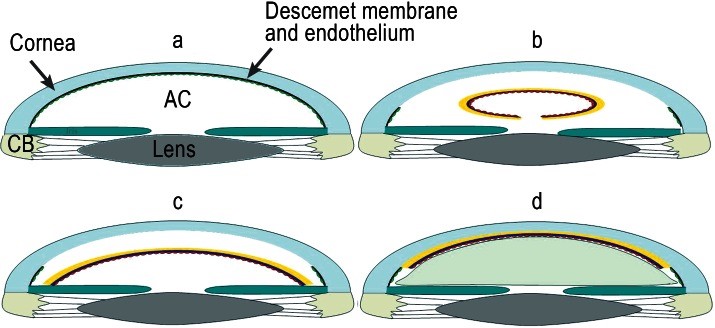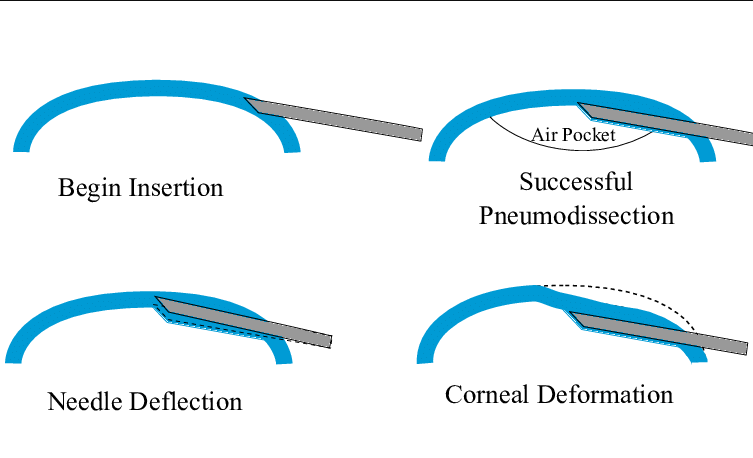
What are DSAEK And DALK Surgeries?
In a world where there are hundreds of different surgical procedures, it can be quite difficult to be educated on all of them. However, when it comes to the ones related to vision, DSAEK and DALK surgeries play quite a significant role in modern medicine, which is why you might want to learn what they are and how they can help patients with certain eye-related issues.
Descemet Stripping Automated Endothelial Keratoplasty – DSAEK
When it comes to the dsaek surgery in Sydney, it has become one of the most common transplantation procedures in Australia, as there are over 2000 corneal transplantations every year. While this procedure is relatively new, these numbers are quite impressive, and it is great to see such high numbers of not only patients who undergo the procedure but also successful outcomes.
DSAEK is a type of eye surgery that is used to treat corneal diseases that affect the endothelium, the inner layer of the cornea. This layer is responsible for pumping fluid out of the cornea, and once it is damaged, the cornea becomes swollen as the fluid is not able to leave.
DSAEK is a minimally invasive surgery, and patients who undergo this surgery will have an improvement in vision as well as in the quality of life. The procedure replaces the mentioned endothelial cells, which are damaged, with ones that are healthy, and that is achieved by harvesting those healthy cells from a donor cornea.

How does DSAEK work?
Like with any procedure, before it, patients will undergo an examination, which in this case, is an eye examination. This will help the surgeon determine if they are a good candidate. The tests involved are a test of visual acuity, a slit-lamp examination, some corneal scans, and an intraocular pressure test. Of course, the patients will also present their full medical history to the surgeon.
During the procedure, the posterior part of the cornea is removed and then replaced by the donor cornea. This needs to be done as accurately as possible in order to increase the chances of the donor cornea survival and, of course, lower the chances of graft reduction. As the new corneal tissue is positioned, the wound is closed, and an air bubble is injected under the donor cornea before the pupil is dilated.
After this, the patient will go through a recovery period. First, the patient is sent to the recovery room for about one hour, and then they are asked to stay in the hospital overnight in case any complications occur. During the recovery time, patients will use eye drops and antibiotics, and they will come back the next week for a follow-up checkup.
While patients may usually notice improvements after the first two weeks already, the results will continue to develop for up to six weeks. Compared to the traditional corneal transplant, this is incredibly fast, as that one can take up to a whole year.
Deep Anterior Lamellar Keratoplasty
When it comes to deep anterior lamellar keratoplasty in Sydney, the number is slightly lower when compared to DSAEK, as there are about 1500 DALK corneal surgeries on a yearly basis in Australia. This procedure is ideal for patients who have Keratoconus, as it focuses on replacing the outermost layer of the cornea, which is the complete opposite of what DSAEK aims to do.
Because of that, the procedure is a bit more complex, and it cannot be performed by just about anyone. Only those who have received specialized training and have had years of experience in the field of medicine can perform the DALK surgery.
Unlike the previous procedure, which works pretty much the same every time, DALK will be different depending on the condition that the patient has and the way that the cornea looks. Patients with corneal scarring and anterior corneal dystrophies are going to have a different experience, and the same can be said for patients with Keratoconus, which is the most common reason for this procedure.
To find out all the necessary information and how the procedure is performed, it is much better to consult with the surgeon who is going to perform the procedure. They will be able to tell you exactly what you want to know, and they will tell you how the procedure is going to be done and what the risks are as well as how your recovery is going to go based on your medical history and the results.

Illustration of DSAEK.
Final word
Hopefully, we were able to provide some insight into these two modern procedures that can help patients have improvements with their vision. The field of ophthalmology is quite complex, and there are new interesting, and efficient ways of helping patients yet to be discovered.


